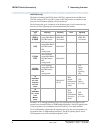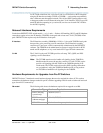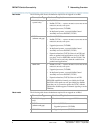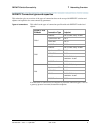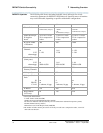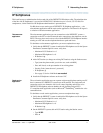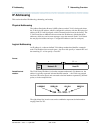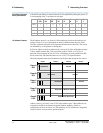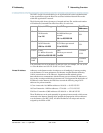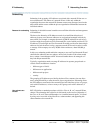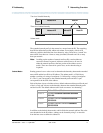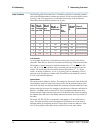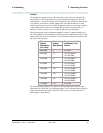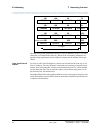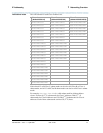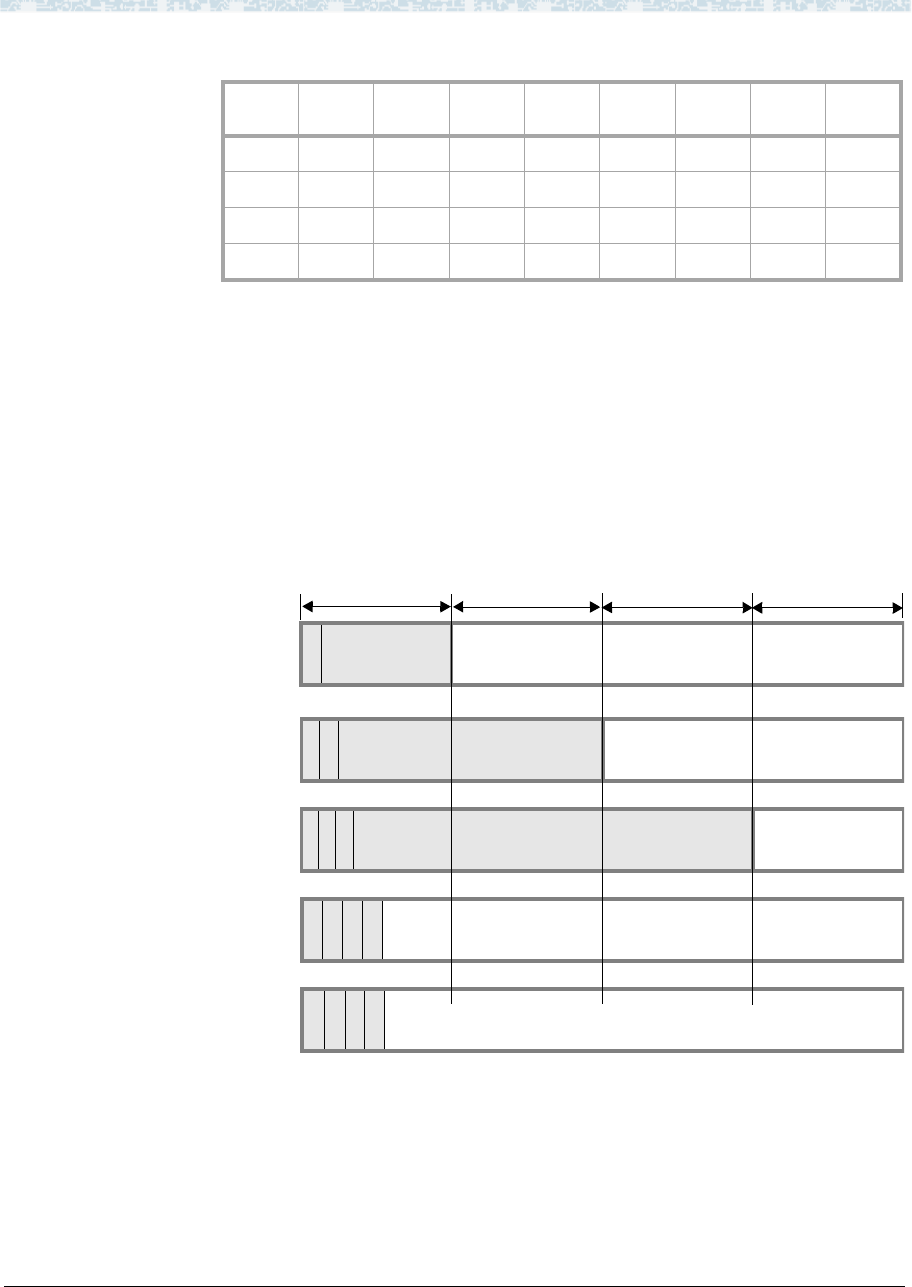
IP Addressing 1 Networking Overview
Administration for Network Connectivity
CID: 77730 555-233-504 — Issue 1 — April 2000
14
Conversion between
binary and decimal
Conversion from binary to decimal notation is accomplished by adding the powers of
2 corresponding to the 1’s positions in each byte:
IP Address Classes The IP address space (2
32
or about 4.3 billion addresses) has been divided into five
groups, Classes A–E, to accommodate the need for different network sizes. Each
class has a different allocation of bits between the network and host IDs. The classes
are identified by a fixed pattern of leading bits.
In Class A addresses, the first (leftmost) bit is always 0. So Class A IP addresses have
7 bits to define network IDs; 7 bits can define a total of 128 (0-->127) Class A
networks. The remaining 24 bits of a Class A IP address are used to define host IDs.
So for each of the 126 networks, there are 2
24
or 16,777,216 possible hosts.
The following table shows how IP addresses are the allocated among the five classes.
Address classes A, B, and C cover 87.5% of the address space. These addresses are
assigned by the ISP or the Internet Assigned Number Authority (IANA) to
organizations for their exclusive use. The remaining 12.5% of addresses, designated
classes D and E, are reserved for special purposes.
2
7
=
128
2
6
=
64
2
5
=
32
2
4
=
16
2
3
=
8
2
2
=
4
2
1
=
2
2
0
=
1
194 =11000010
13 =00001101
219 =11011011
7 =00000111
Class A
50%
0
Network ID Host ID
Class B
25%
1 0
Network ID Host ID
Class C
12.5%
1 1 0
Network ID Host ID
Class D
6.5%
1 1 1 0
Reserved for Multicast addresses
Class E
6.5%
1 1 1 1
Reserved for future use
Octet 1 Octet 2
Octet 3
Octet 4



